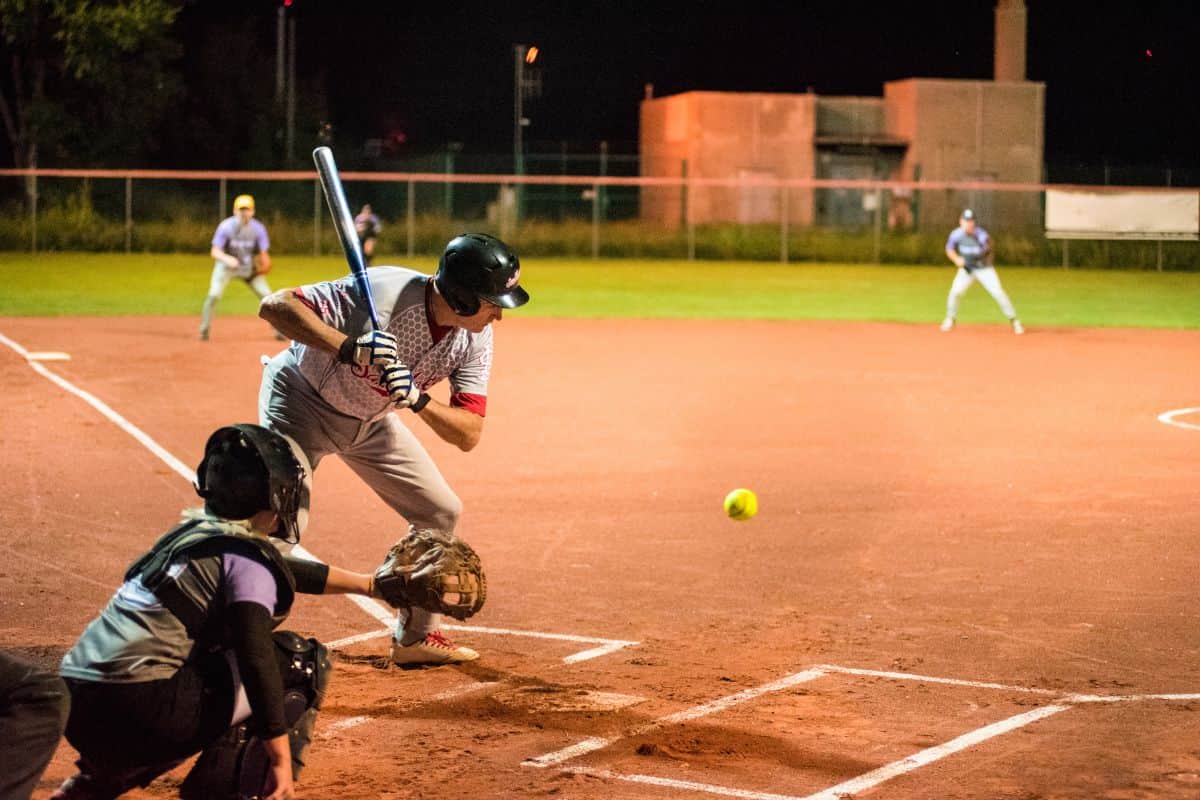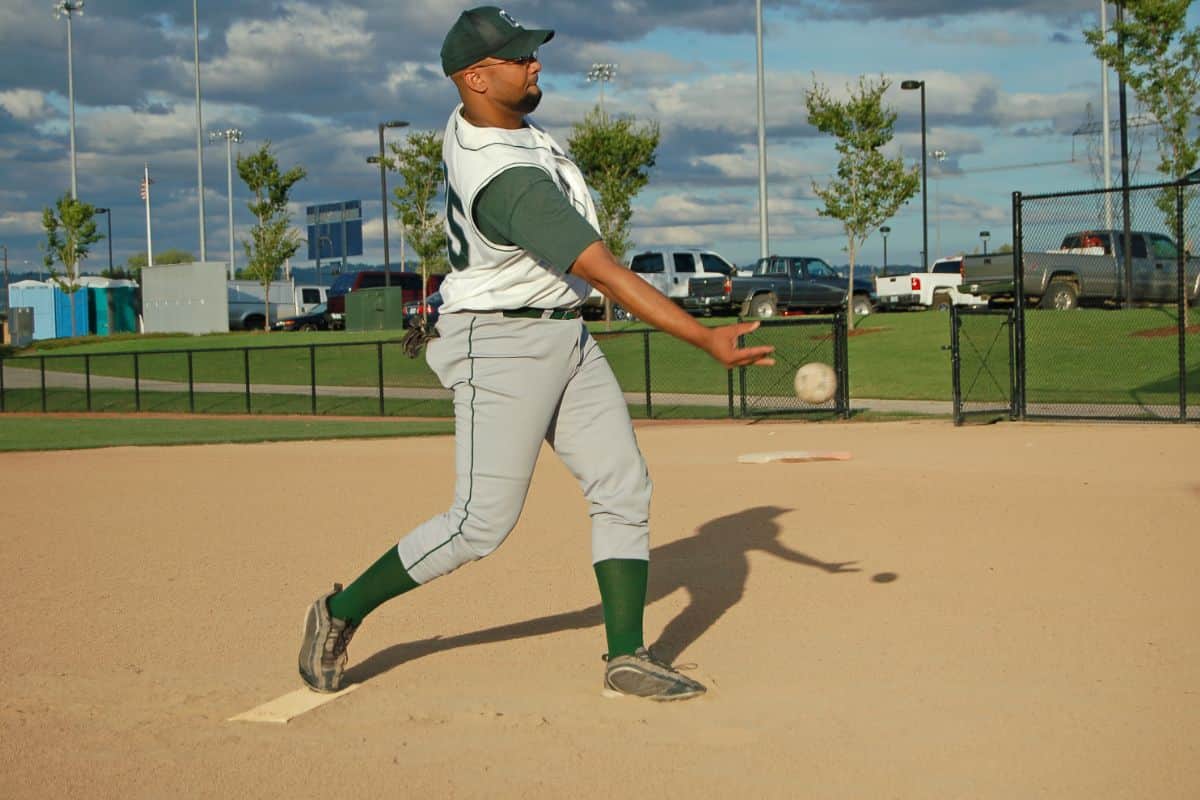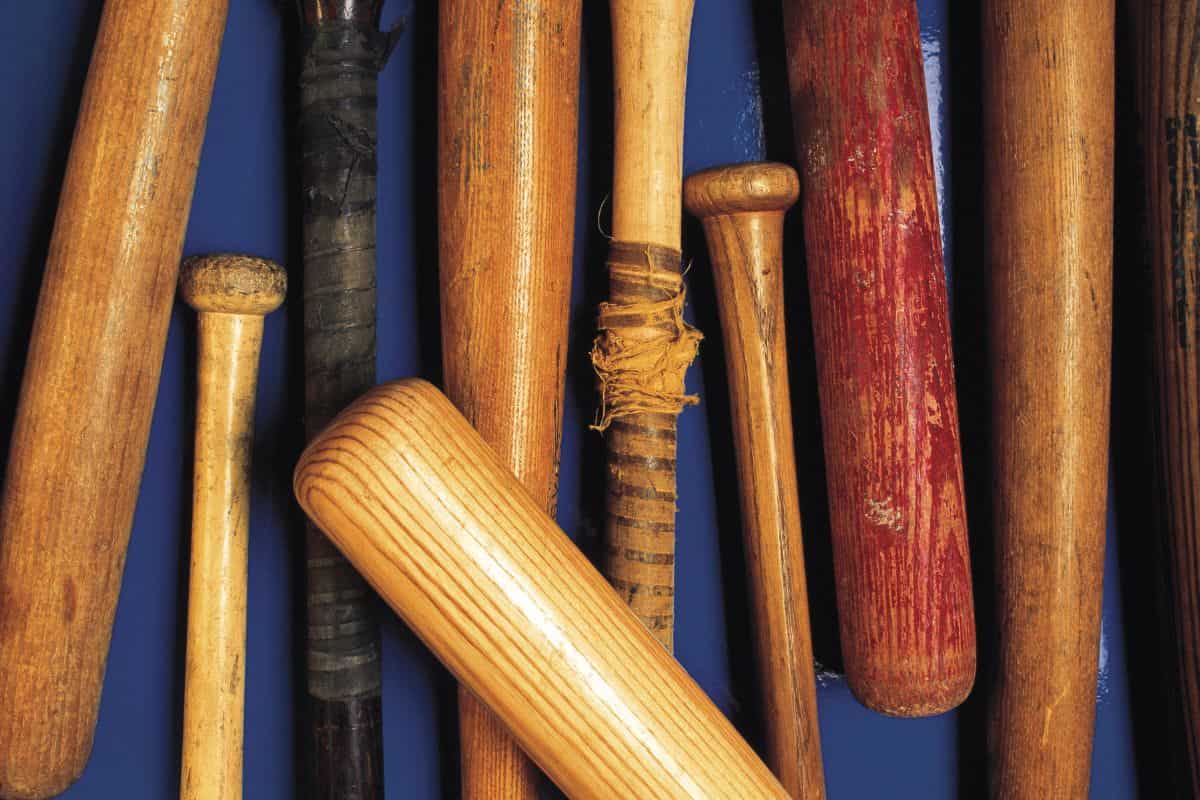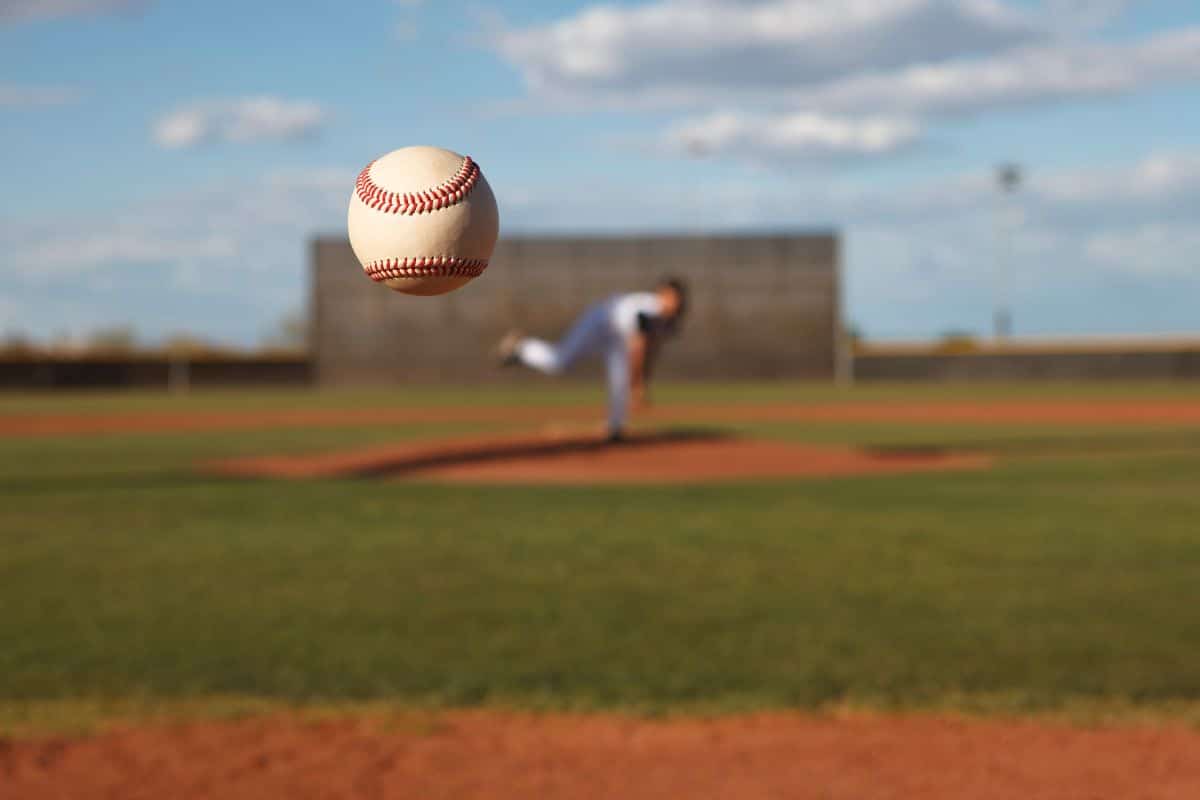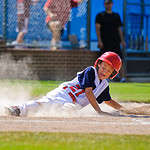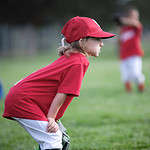Baseball is one of the most popular sports games in the United States, with millions of fans.
People love to both watch and play it, but playing it is not such an easy task.
When it comes to hitting a baseball, it’s a surprisingly difficult thing to do, or at least do consistently.
![How To Hit A Baseball? [Every Time!]](https://travelbaseballcentral.com/wp-content/uploads/2022/09/How-To-Hit-A-Baseball-Every-Time.jpg)
Though a batting machine might give you consistent pitches, a live pitcher could give you all sorts of different throws, and it’s difficult to hit every one of them.
So how can you hit a baseball every time? Well, we’ve got the answers for you!
In our handy guide below, we’ve got the key tips and tricks that you’ll need to focus on in order to consistently hit a baseball every time.
You’ll need the correct stance and position, a successful swing, and plenty of practice. We’ll tell you how to achieve all of these – read on!
Position And Stance
Finding The Right Position
Position is essential in baseball, because it’s the form that you’re going to be hitting the ball in.
You will first need to step into the batter’s box and find the correct side for you. If you’re left-handed, stand on the right side of the batter’s box.
If you’re right-handed, stand on the left.
Then position yourself facing the home plate, touch its far side with your bat, and shuffle back (continuing to touch the bat down) until your arm is fully extended out.
Finding Your Dominant Eye
If you don’t know which eye is your dominant eye already, it’s time to work that out.
This is essential because your dominant eye will help you to find the right stance.
Thankfully it’s easy, though it’s worth noting that your dominant eye is usually the side of your dominant hand.
So, right-handed people often have a dominant right eye, and left-handed people a dominant left.
To find your dominant eye, place an object around 20 feet (6 meters) away. Now hold your arm straight in front of you, stretched out.
Do a thumbs-up with that hand, but keep both of your eyes open wide and position the thumb so that it’s covering up the placed object.
Once you can’t see the placed object, shut one of your eyes.
If the view remains the same as when you had both eyes open, open the eye and shut the other.
Your dominant eye is whichever eye can see the placed object even when your thumb is in the same position.
Finding Your Stance
There are three types of baseball stances. “Closed Stance” is good for letting your bat cover more of your base.
It’s when the foot that is nearest to the pitcher is positioned just a little bit forwards, sticking ahead of the other foot.
“Open Stance”, on the other hand, is when the foot nearest the pitcher is positioned a little bit back.
“Even Stance” is when both feet are positioned from the home plate by an equal distance.
Holding And Raising The Bat
You also need to grip your bat properly. Instead of cradling it in your palms, cradle it in the middle of your fingers.
For right-handed people, have your left fingers just above the bottom and your right fingers above them.
Keep your left palm facing down, and your right palm facing up. For left-handed people, hold it the opposite.
After that, raise the bat with shoulders held straight to the pitcher.
As you move your elbows, bend them, and make sure the back elbow is level with your back shoulder.
The bat should be angled 45 degrees over that shoulder. The elbows should be about 8 inches from you.
Perfecting Your Swing
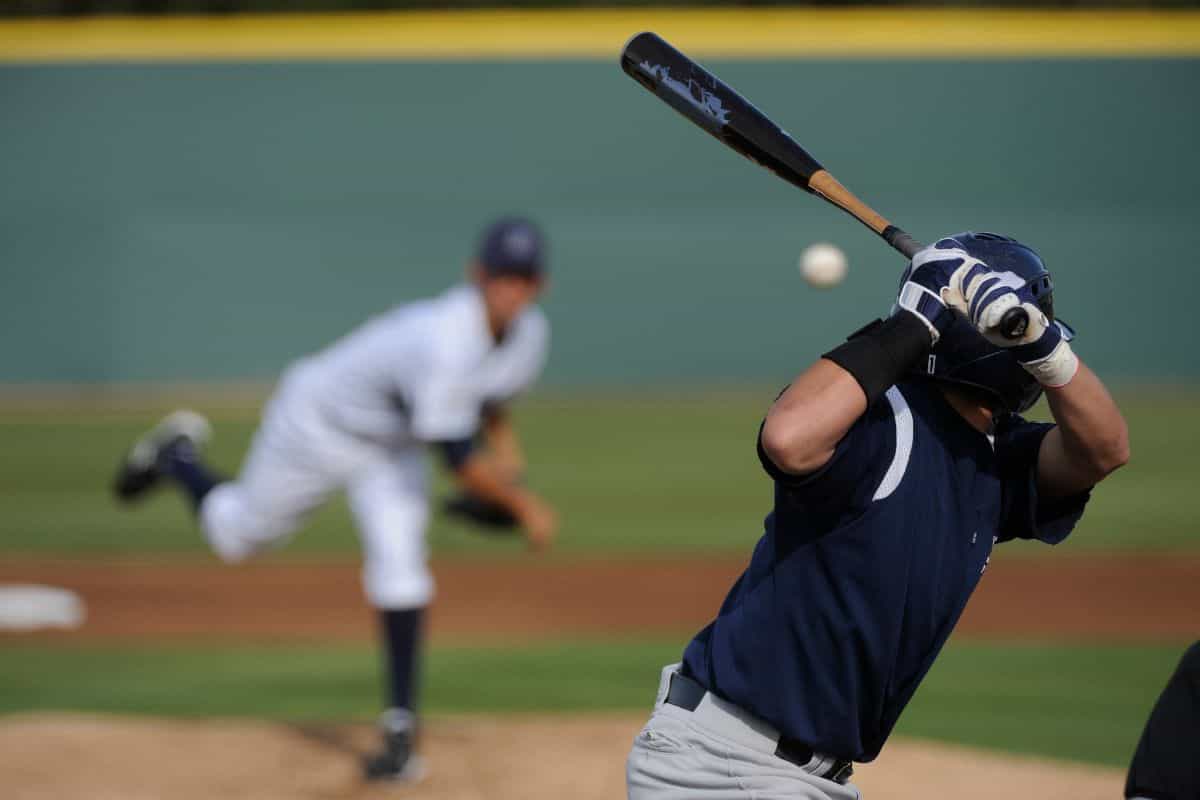
Eyeing The Ball
Your eyes need to be glued to the baseball, and this means turning your head to face the pitcher.
Cock it to one side, focusing both eyes on the baseball.
You need to focus on the ball at all stages: when it’s in the pitcher’s hand and when it’s flying towards you. Always keep both eyes open.
If you have one shut, you won’t be able to properly judge the distance that the baseball is from you, and you’ll likely miss.
“Load”
As you wait, you need to “load”.
This is the term for when you shift your body weight to your back leg, right until the back knee lines up with the back shoulder.
“Stride”
After that comes the “stride”. This refers to the next step, where you raise your front foot and move it forward, making a small step.
Planting
With that small step, plant your front foot firmly in place. It needs to stay there throughout the entire swing.
By having this leg planted firmly, it will stop you falling over from the momentum of the swing.
Moving, Swinging, Hitting
When the swing starts, channel your body weight to your front leg in order to get more power.
When you move that weight, your back heel will lift up. With the swing, you need to use all of your body – including your hips.
Let your back hip guide you, then continue the movement with your arms.
The moment that you want to hit the ball is when your back hip and back shoulder have swung forwards to the point that the top of your torso is now facing the pitcher.
Keep the bat in line with the ground, and hit the ball on the level that it’s moving.
Always sing through your ball, meaning that you don’t stop the swing as soon as you hit. This will give you more force.
Practice
However, none of this will work without practice. Practice really does make perfect, so try out all these steps over and over.
Make sure that you find the correct position and stance, with perfect balance.
Then follow the swing steps, keeping the right form and using quick hips.
Final Thoughts
Hitting a baseball consistently is tough – use our guide to make it easier!
- Fenway Park Seating Chart: Best Seats To See the Red Sox - July 17, 2023
- What is RBI in Baseball: A Simple Explanation of The “Ribby” - July 3, 2023
- What is DFA in Baseball? A Term No Player Wants to Hear - July 3, 2023

